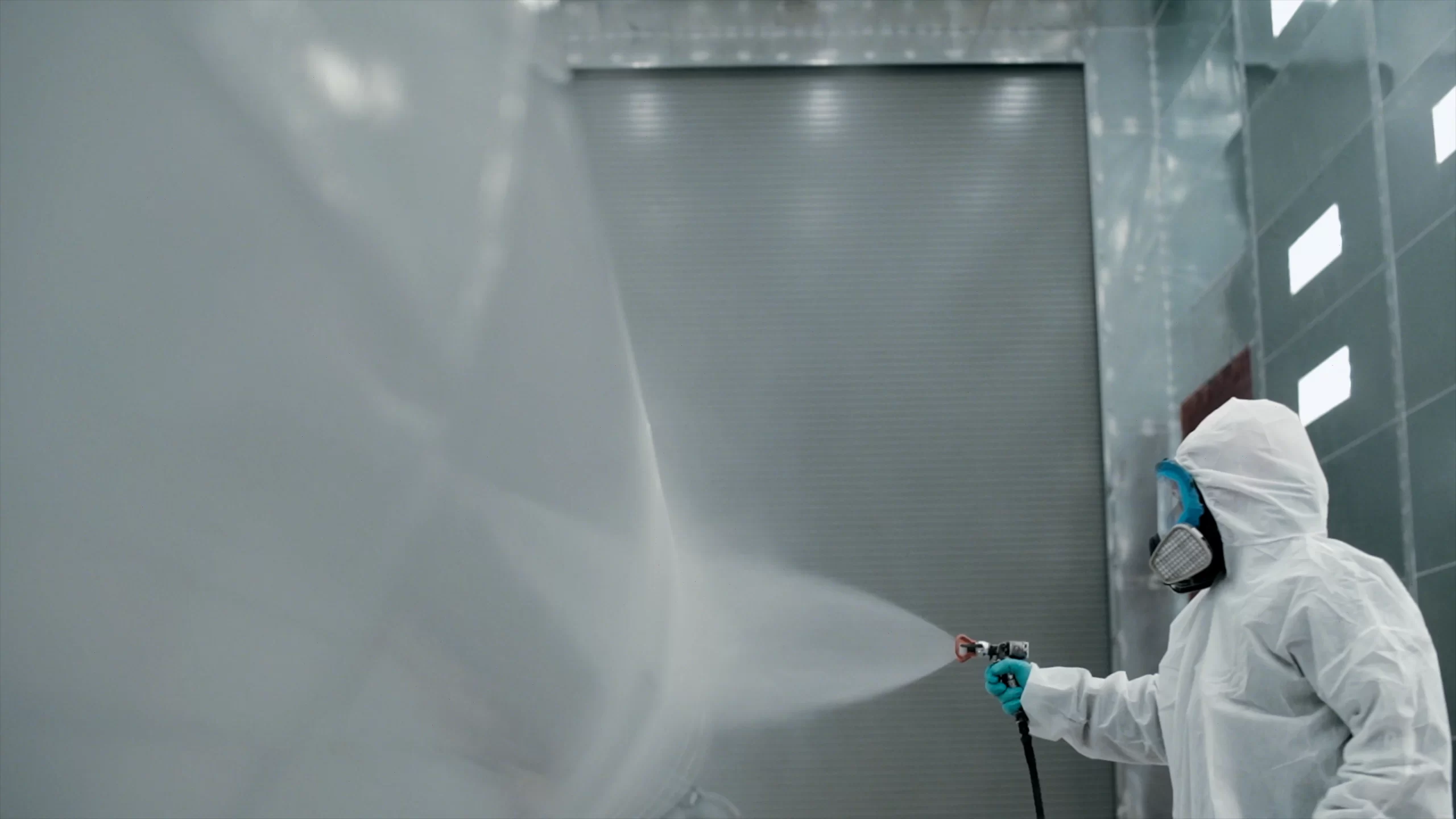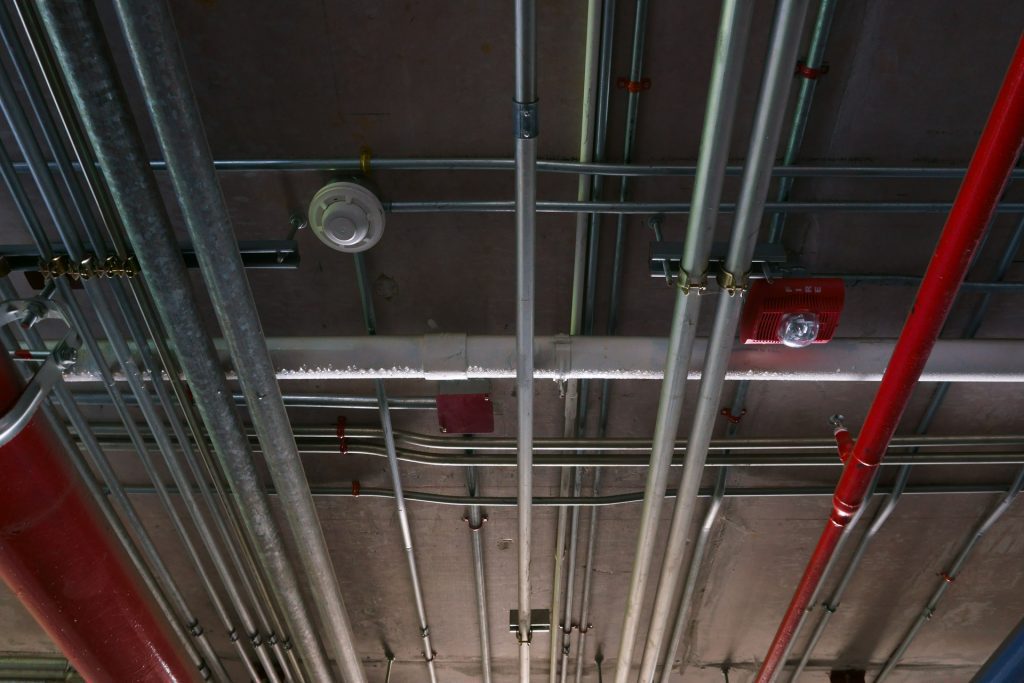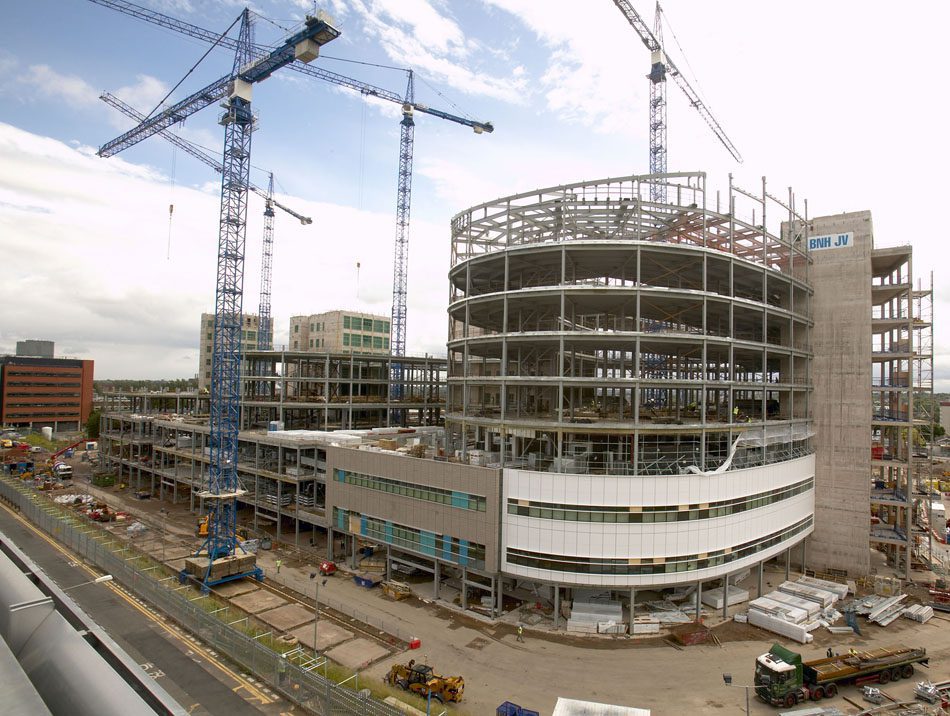Introduction to Passive Fire Protection Coatings
Passive fire protection (PFP) coatings play a crucial role in enhancing the fire resistance of buildings and structures. By insulating structural elements like steel, wood, and concrete, these coatings help maintain structural integrity during a fire, providing crucial time for evacuation and firefighting efforts.
Historical Perspective
The journey of passive fire protection coatings began with rudimentary applications like gypsum and lime-based plasters. Over time, the need for more effective and reliable solutions led to the development of intumescent coatings in the mid-20th century. These coatings expand when exposed to high temperatures, forming a char that acts as a barrier against heat transfer.
Advancements in Intumescent Coatings
Modern intumescent coatings represent a significant evolution in PFP technology. These coatings are typically composed of a binder, a carbonific, and a spumific agent. Upon exposure to fire, they undergo a chemical reaction that results in a substantial increase in volume along with a decrease in density, forming an insulating char layer.
Innovations and Improved Formulations
Recent advancements in passive fire protection coatings focus on enhancing the performance, ease of application, and environmental impact. Innovations include:
- Hybrid Intumescent Coatings: Combining the benefits of thin-film and thick-film intumescent coatings, hybrid options provide robust protection with fewer application challenges.
- Eco-friendly Formulations: Newer coatings are being developed with lower volatile organic compounds (VOCs) and without halogens, making them safer for the environment and applicators.
- Enhanced Durability: Developments in coating technology have led to formulations that are more resistant to moisture and environmental wear, extending the life of the protective barrier without compromising fire resistance.
Application Techniques and Industry Adoption
The method of applying passive fire protection coatings has also evolved. Today, these coatings can be applied using sprayers that ensure uniform thickness and coverage, crucial for effective protection. Industries such as oil and gas, construction, and shipbuilding have widely adopted these advanced coatings to meet stringent fire safety standards and regulations.
The Future of Passive Fire Protection Coatings
Looking ahead, the focus is on developing smarter coatings that can adapt to different fire conditions and offer improved performance metrics. Research is being directed towards creating responsive coatings that can adjust their properties based on the intensity and type of fire, providing dynamic and situational fire protection.
Conclusion
The evolution of passive fire protection coatings is a testament to the advancements in chemical and material engineering. As buildings and structures become more complex, the role of innovative fire protection technologies becomes increasingly critical. The ongoing development of these coatings ensures not only improved safety and compliance with global fire safety standards but also supports the architectural freedom to design with safety in mind.








